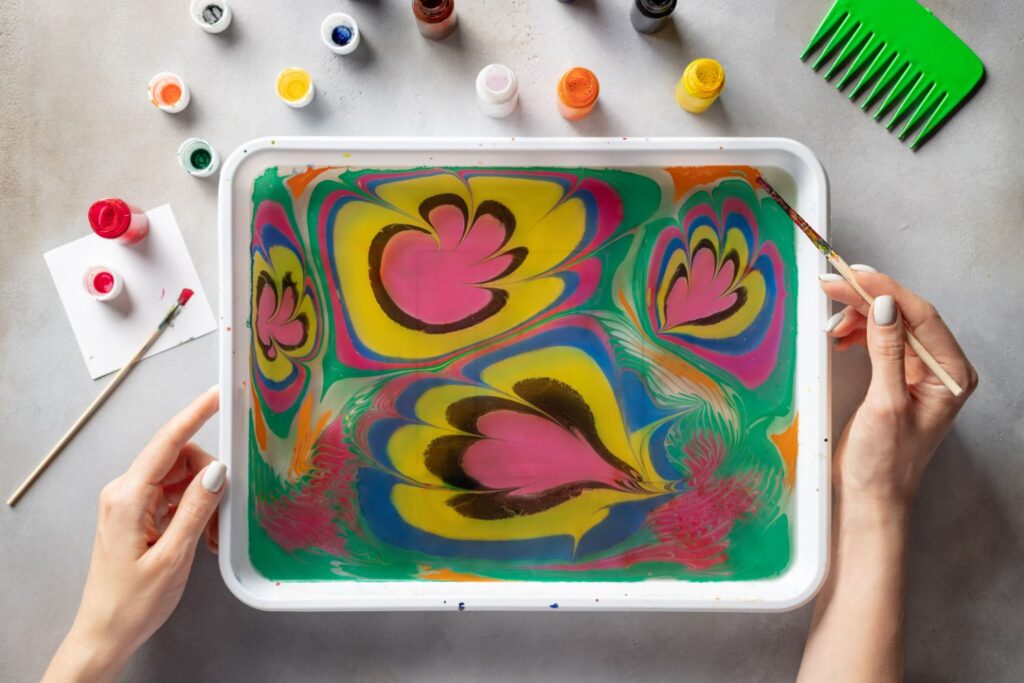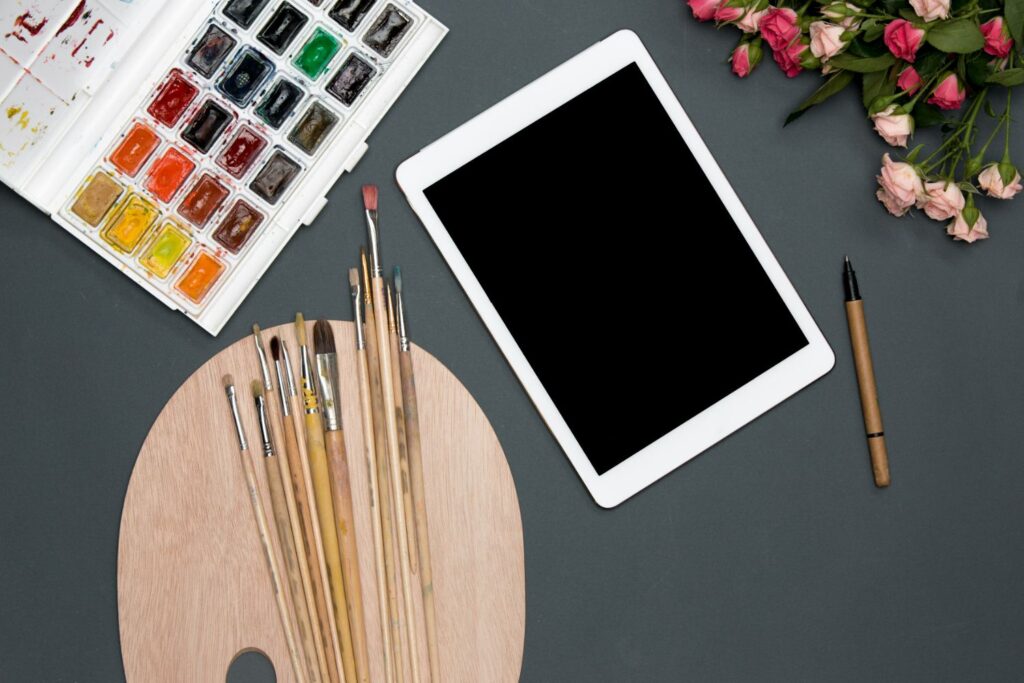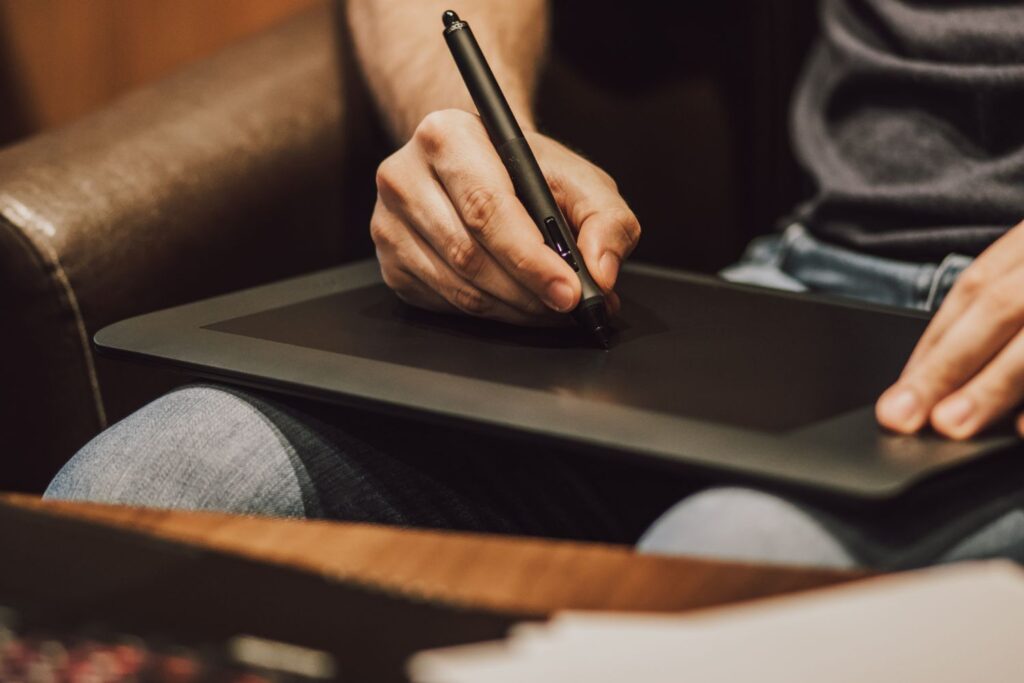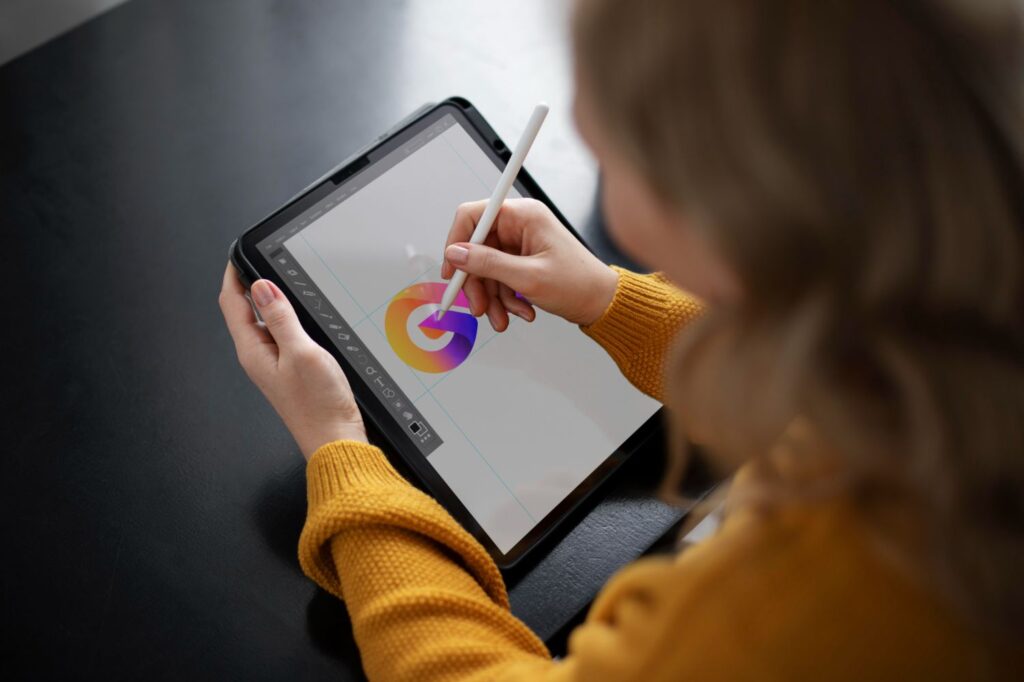Digital art is an expansive, dynamic field packed with myriad styles, tools, genres, and methods. Beginning your journey as a digital artist can be an exhilarating yet overwhelming venture. You may frequently find yourself questioning “how to find myself as a digital artist?” This comprehensive guide will shed light on various approaches you can adopt to navigate this path, ultimately helping you find a unique artistic identity that resonates with your passion and creativity.
Understanding Digital Art
The first step in your journey is to understand what digital art entails. Unlike traditional art forms, digital art leverages modern technologies to create and present artistic work. This may range from digital painting and digital photography to 3D modeling, vector art, mixed media, and much more. The beauty of digital art lies in its limitless possibilities, providing artists with the flexibility and freedom to experiment, innovate, and create.
Different Styles in Digital Art
Defining your style is a significant part of finding yourself as a digital artist. Every artist has a unique style – an artistic fingerprint that distinguishes their work from others. Here, we will explore some popular digital art styles to help you understand the landscape and discover your preferences.
Pixel Art
Pixel art is a digital art style that uses tiny square pixels to create images. It delivers a nostalgic feel reminiscent of early computer and video games. Crafting pixel art can be a meticulous process, but it allows for amazing attention to detail.
Digital Painting
Digital painting imitates traditional painting mediums like watercolors or oils, but the creation process takes place on a computer using a stylus or mouse. The outcome can be incredibly lifelike and rich in texture and color.
Vector Art
Vector art uses geometric shapes and points to create images. The main advantage of vector art is its scalability without loss of
quality. It is commonly used for logos, icons and other designs that need to be resized frequently.
3D Modeling
3D modeling involves creating objects in a three-dimensional digital visualization. This style allows for a realistic portrayal of lighting, shading, and perspective, and is widely used in animation, video game design, and virtual reality (VR).
Illustration
Using a multitude of digital brushes and tools, digital illustrations can imitate various art styles from hand-drawn doodles to complex paintings. This style is often applied in book illustrations, posters, and graphic design.
Finding Your Preferred Tools
In digital artistry, utilizing the right tools is a vital aspect of your journey. There’s a broad spectrum of software and hardware options tailored for different art styles and approaches. Selecting the right tool that fits your comfort and needs is crucial.
Digital Tablets and Stylus
Drawing tablets and styluses directly emulate the feeling of drawing with a pen on paper, offering natural hand-eye coordination. The pressure sensitivity feature can provide an immersive, intuitive drawing experience.
Software
From beginner-friendly programs to professional-grade software, there’s a myriad of choices when it comes to digital art software. You might lean towards Adobe Photoshop for its vast functionality, or find yourself preferring vector-based software like Adobe Illustrator. Procreate, a popular iPad application, is recognized for its user-friendly interface and wide array of brushes.
Hardware
Finding hardware that complements your artistic workflow is equally important. Depending on your preference, you might opt for a desktop setup with a large monitor or a portable device like an iPad or laptop.
Learning and Improving
As with any other skills, learning and progressing in digital art requires practice. Attaining proficiency in your preferred software, honing your understanding of composition, colors, and forms, and developing your style are all pieces of the puzzle.
Online Tutorials and Courses
Accessible from the comfort of your home, online tutorials and courses offer valuable resources to learn and grow at your own pace. These resources cover a diverse array of subjects from the basics of digital art to specific techniques and styles.
Art Communities
Online art communities provide platforms where artists can share their work, receive feedback, ask questions, and engage with fellow artists. Participating in these communities can offer valuable insights, motivation, and inspiration.
Finding Your Unique Style
Finding your unique style involves trial, iteration, and exploration. It’s your creative fingerprint, setting your work apart from others. Your style should reflect your personality, highlighting your strengths and preferences.
Experimentation
Play around with different styles, mediums, techniques, subjects, and themes. Each experiment pushes you one step closer towards finding your unique style.
Consistency
Building a consistent style doesn’t mean narrowing your creativity. It’s about consistently applying certain elements that remain unique to your work across various themes and subjects. These elements can include specific color schemes, recurring subjects, distinctive art style, or a certain mood in your pieces.
Seeking Inspiration
Another crucial part of this journey is finding inspiration. Explore various art categories, observe the world around you, and expose yourself to new experiences. These experiences, observations, and learnings will feed into your art, helping guide your artistic journey.
Patience Is Key
Remember, finding yourself as a digital artist is a process – a journey of self-discovery and growth. It may take time till you find your unique style and voice in the vast world of digital art. Stay persistent, enjoy the journey, and keep experimenting.
Conclusion
Finding yourself as a digital artist is a fulfilling journey of learning, discovering, experimenting, and creating. It’s about consistently honing your skills, exploring different styles, understanding your preferences, and bringing your imagination to life through your unique artistic voice. Remember, there’s no right or wrong in art, only different perspectives. So, pick up that pen, ignite your imagination, and let your distinctive artistic voice set you apart.
FAQs
1. How can I understand which style suits me the best?
Experimenting with different styles, observing what you enjoy, and evaluating what aligns with your personal aesthetic, are a few ways to identify which style resonates with you. Remember, it’s a process of exploration, and it’s entirely normal for your style to evolve over time.
2. Can I have more than one style?
Absolutely! Many artists enjoy working with multiple styles. Having different styles allows you to explore various creative avenues and can prevent artistic burnout. Some artists may have distinctive styles for different themes, while others may switch styles based on the medium or platform they’re using.
3. I feel overwhelmed with all the software options. How do I choose one?
Begin by identifying your needs and what style you want to achieve, then research software that caters to those needs. Many software tools offer free trials, which provides an opportunity to explore the tools, learn their capabilities, and decide if they’re right for you before committing.
4. How important is skill in digital art?
Skill is important in terms of understanding and maneuvering your chosen tools, as well as understanding the fundamentals of art like color theory, composition, lighting, etc. However, skill can always be learned and improved upon. Don’t let a lack of skill discourage you from starting. Remember, every artist was once a beginner!
5. How long will it take me to find my unique style?
Finding your unique style is an ongoing process and it differs from artist to artist. For some, it may take a few months, while for others it can take years. It’s a personal journey and there’s no rush. The most important aspect is to enjoy the process and keep creating.





